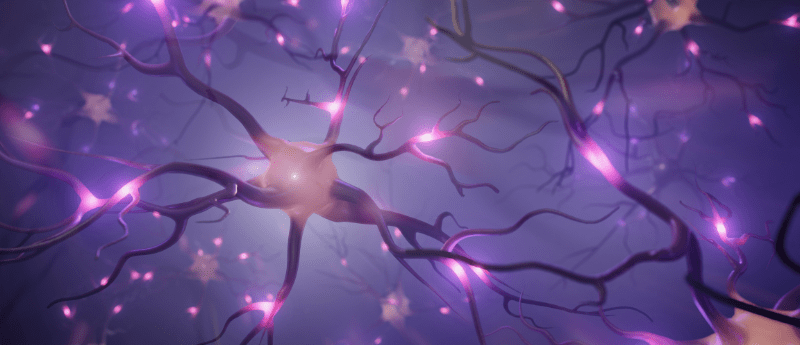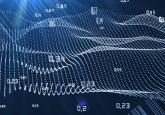Small but mighty: meet the tiny robots that can heal human cells

In an incredible achievement, scientists from Tufts University and Harvard University’s Wyss Institute (both MA, USA) have crafted tiny biological robots from human tracheal cells, known as ‘anthrobots’. These multicellular microbots of diverse size, ranging from the thickness of a human hair to the point of a sharpened pencil, exhibit the extraordinary ability to self-assemble and promote the growth of neurons, aiding the healing of damaged lab-grown neurons.
Published in Advanced Science, this study represents a significant leap forward in the realm of biobotics. Under the guidance of Tufts University Professor Michael Levin and PhD student Gizem Gumuskaya, the researchers have not only created anthrobots from adult human cells without genetic modification, but have also unveiled capabilities surpassing their amphibian counterparts: biological robots created from frog embryo cells, called the Xenobots.
The inspiration for anthrobot development arises from the team’s exploration of cellular interactions and the intriguing prospect of recombining cells into innovative “body plans” to execute specific functions. Traditionally passive human tracheal cells were given a chance to showcase dynamic behaviors, forming new multicellular structures and actively promoting neuron growth across damaged areas.
Gumuskaya elaborated, stating, “By reprogramming interactions between cells, new multicellular structures can be created, analogous to the way stone and brick can be arranged into different structural elements like walls, archways or columns.” The unexpected movement and growth observed in the anthrobots suggest a vast potential for manipulating cells for therapeutic purposes.
One of the key advantages of utilizing human cells in anthrobot construction is the potential to use a patient’s own cells, mitigating immune response risks and the need for immunosuppressants. These anthrobots, lasting only a few weeks before naturally breaking down, can be easily absorbed back into the body after completing their healing tasks.
Anthrobots can only survive in very specific laboratory conditions outside of the body, meaning they pose no risk of unintended spread outside the lab. Additionally, they do not reproduce and with no genetic modifications, additions, or deletions, there is no risk of them evolving beyond current safety measures.
Anthrobot creation
Anthrobots originate from individual cells sourced from the surface of the trachea of adult donors. These tracheal cells, equipped with cilia—hairlike projections that move microbes and debris out of the airway—were encouraged to form outward-facing organoids in lab conditions.
Propelled by cilia, the organoids started to display various shapes and movements, with anthrobots ranging in size from 30 to 500 micrometers, bridging the gap between nanotechnology and larger engineered devices.
Gumuskaya emphasized the scalability of anthrobot production, stating, “anthrobots self-assemble in the lab dish. Unlike Xenobots, they don’t require tweezers or scalpels to give them shape, and we can use adult cells – even cells from elderly patients – instead of embryonic cells. It’s fully scalable—we can produce swarms of these bots in parallel, which is a good start for developing a therapeutic tool.”
Micro menders
To assess the therapeutic potential of anthrobots, the researchers stimulated a wound in a layer of human neurons by scratching the layer. The team arranged the anthrobots into “superbots”—clusters formed in confined spaces— and discovered that these clusters prompted substantial neuron regrowth in the wound. Furthermore, neurons did not grow in the wound areas where anthrobots were absent, demonstrating that these tiny bio robots effectively created a neural bridge, facilitating efficient healing of live neural tissue.
The researchers envision diverse applications for anthrobots, from clearing arterial plaques, repairing spinal cord or retinal nerve damage, detecting pathogens or cancer cells, to delivering targeted drug treatments. These miniscule bio robots, with their ability to encourage tissue healing and administer pro-regenerative drugs, hold promise for a range of medical interventions.
In essence, anthrobots offer a glimpse into the future of regenerative medicine, pushing the boundaries of what is possible with cellular self-assembly and dynamic interactions involving molecule secretion, signal detection and movement. As Gumuskaya remarked, “we are just figuring out how to combine these elements to create new biological body plans and functions—different than those found in nature.”
This groundbreaking research opens new avenues for therapeutic tools, bringing us one step closer to harnessing the potential of our own cells for healing and regeneration.

